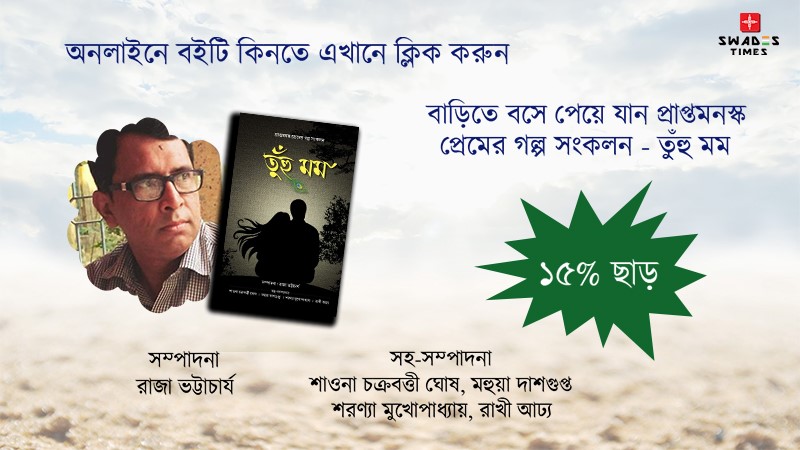Visually impaired students from around the country will soon have access to Braille Maps built and developed utilising Digital Embossing Technology, allowing them the convenience of use of these maps that are user friendly, feel better, and are more lasting in terms of quality.
The digital embossing method removes the need for printing plates, moulds, chemicals, and solvents, producing no emissions or waste and lowering overall energy consumption. For the first time in India, the National Atlas & Thematic Mapping Organisation (NATMO), which operates as an associated office of the Department of Science & Technique, introduced, devised, and implemented this unique technology.
"It has been observed that maps created with older technologies lose their legibility and emotional experience in a relatively short period of time. Feedback from Braille community experts and students encouraged and pushed us to develop a low-cost, state-of-the-art product in terms of atlas volume reduction, enhancement of readability characteristics, the convenience of carrying the maps and atlas, and so on "NATMO said.
NATMO began the journey in 1997, but it became popular with the publication of Braille Atlas for Visually Impaired (India), edition 2017 in English Braille Script, which received a huge response from the visually impaired community, according to a release from the Ministry of Science and Technology on Monday.
Furthermore, NATMO experienced unanticipated and overwhelming demand for Braille Atlases from many sources, and it has been acknowledged that NATMO is the pioneer organisation in this arena. As a result, NATMO has been pushed to create Braille Atlases in Hindi and other regional languages. In addition, in collaboration with specialists, this organisation has begun the development of Braille Atlases for several Indian states.
ADVERTISEMENT

NATMO has established a Braille Unit with state-of-the-art cutting-edge solutions such as Artificial Intelligence (AI) and spot UV coating technologies for Digital Embossing Solution with encouragement and cooperation from the Department of Science and Technology. The entire process is divided into stages, with end-to-end solutions on digital platforms.
As a proof of concept, the Braille Atlas of India was given in 323 Indian schools (PoC). The one-of-a-kind Braille Solution Unit will be launched shortly, with the goal of meeting the needs of the wider community on a pan-India scale.
"Thematic maps are mostly created on digital platforms employing GIS technologies. After that, the hard copies are laminated with soft sheets. The soft laminated maps are perfectly registered onto the embossing digital devices for spot UV coating. Soft copy maps are embossed by masking the region of interest. To create the final Braille Maps, AI technology is employed for 3D embossing. Complete map sets are spiral-bound for visually challenged students' convenience "The procedure was explained in the release.




0 comments